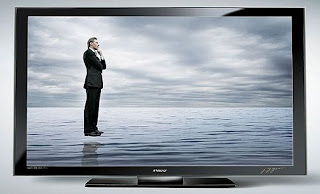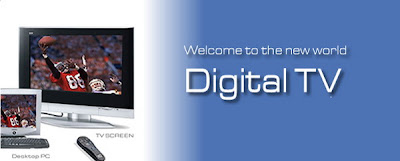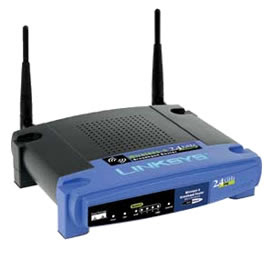
Green building is becoming increasingly popular in the United States, but there is no single, comprehensive federal green building program. LEED has become the default standard for green building, but there are other groups, like the Green Building Initiative and the aggressive Architecture 2030 initiative, that have their own green building practices. The federal government has offered tax breaks to those who comply with green building improvements, like a $300 credit for replacing an old water heater or air conditioner, and credit for 10 percent of the cost of insulation materials.
Individual states are also increasingly involved in developing green programs, but the programs vary. California leads much of the green building movement, with Gov. Arnold Schwarzenegger signing an executive order that says all new and renovated state facilities must have a silver LEED certification or higher.
As of October 2007, 22 states and 75 towns and cities have adopted policies to require or encourage LEED's green building practices. New York City kicked off its green building movement with the reconstruction of the World Trade Center. The United Nations Department of Economic and Social Affairs' Division for Sustainable Development focuses on cooperation among its members to encourage green building techniques in developing countries.
Asian buildings have traditionally been designed and constructed with the land in mind. One of the best examples is the Miho Museum near Kyoto, Japan. Eighty percent of the structure, designed by Chinese architect I.M. Pei, is underground to preserve the natural landscape.
Green building is popular in Europe, too, especially in Germany and the Netherlands, and the European Union has a jump start on the United States in terms of regulations. In the mid-1990s, it adopted requirements for energy usage in any new construction on the continent. The European Commission instituted a voluntary green building program in 2005.
The United States is just now catching up with Europe and Japan, which have used innovations like tankless water heaters for years. But with current energy costs and the dip in the housing market, homeowners looking to save - or make - money on their homes are quickly catching on to going green.









